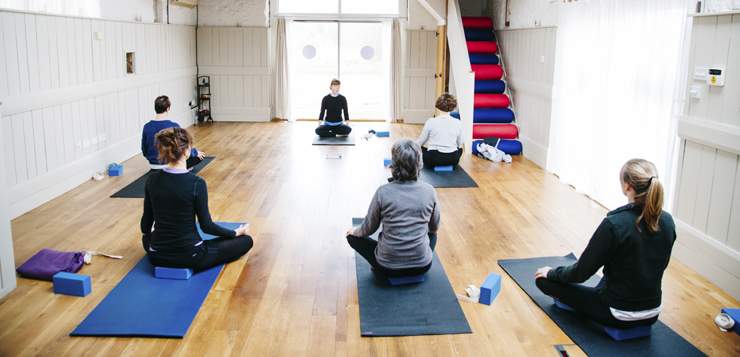2015 was undoubtedly a watershed for mindfulness. In business, it was no longer just a fashion for funky tech and media companies, but was invested in by some of the world’s most traditional organizations, as a mainstream health and performance approach. It was the year that the UK Mindfulness All-Parliamentary Group published its report, becoming the first legislature in the western world to focus on how meditation might be valuable in key policy areas, such as education and criminal justice. It was the year that a Mental Health Foundation survey found a clear majority of people (59%) have now heard of mindfulness. Ask someone on the street what they think of the approach, and these days they’ll likely have a view to offer, rather than simply saying: “What’s mindfulness?”
This is great, because you can only practice mindfulness if you’re aware of it. Nevertheless, the wildfire spread of recognition also brings challenges. With fast-growing breadth tends to come less depth, and there’s been a tendency for some mindfulness approaches to focus more on its supposedly easy wins (calming, appreciating the pleasant, simple stress relief in a very short time), and not so much on the potential for deeper, but perhaps more difficult shifts (facing and managing the unpleasant parts of life, letting go of fixed and false ideas about ourselves and the world, addressing social as well as individual stressors and stresses). When mindfulness is presented as a low-cost way to distract from or just soothe the hardships of life, rather than a slower-acting means of confronting and transforming them, we sell ourselves, others, and mindfulness short. Colouring books, calming apps, and short-form courses for the very busy are all to the good, but their virtues are limited unless we’re also prepared to go deeper into the causes of stress, in ourselves and in the world.
The good news is that mindfulness can help us make this deeper journey. What’s required is that we’re prepared to keep stopping, keep looking at what’s going on inside and around us, and keep coming back to presence, training over and over to refrain from the habits of speediness, reaction, and denial that are the root causes of the stress we’re trying to alleviate. If we can be particularly aware of the urge to co-opt mindfulness in our colluding with these patterns, and instead recognize its potential to help us observe and untangle from them, we’re beginning to move from using mindfulness as a quick-fix, self-help, solution, and into to something subtler, deeper, and more durable.
Of course, this does require more work. These root causes of stress are deeply embedded within us, and deeply embedded in our culture, and they won’t disappear overnight. So we need to commit to a practice of mindfulness that goes beyond a brief, surface-level introduction, and be willing to engage gently, steadily, and repeatedly with the practices and attitudes that can, over time, support us to let go—individually and collectively—of the habits of mind, body, and behaviour that sabotage well-being. This is mindfulness not as a fad that promises fast results, but more as a slow-burn, working phenomenology—the philosophy and practice of being with, and learning from life as it happens.
Could 2016 be a year in which we devote more time to “just being,” in which mindfulness courses are designed to be longer, not shorter, and in which we commit to more, not less, time in formal meditation?
So could we let 2016 be the year of going deeper, of dropping down into the heart of practice, in meditation and in wider living? Can we create space in which our deepest intentions and needs can be nurtured, not as a set of goals to be accomplished, squeezed in between all the other activities, but as a way of being that unfolds from our attending with care to ourselves and one another?
It could be a year in which we devote more time to “just being,” in which mindfulness courses are designed to be longer, not shorter, and in which we commit to more, not less, time in formal meditation. It could be a year in which we remember how our stress is inextricably intertwined with that of our wider world, and explore ways of working to help alleviate it, perhaps through some form of community action. It could be a year in which we endeavour to deepen our engagement to practice, not just as a bit of calm or an escape, but as an approach to life that can enable us kindly and courageously to confront our unhelpful habits and fixations.
I’m working on this myself. After a too-busy 2015, my intention now is to slow down, open more to space, and practice meditation more often and for longer. As a mindfulness teacher, I’m committed to offering opportunities for people who’ve already completed an initial training, as a way of inviting an ongoing and deepening community and connection. As a writer, I’ve recently completed a book reporting on my own experience with mindfulness, which suggests the richest rewards may come from repeated, deepening practice over time. And in my blogs for Mindful in 2016, I’ll aim to explore some of the themes that come up as we take our practice beyond and below the surface. I look forward to hearing your experiences, feedback and suggestions too…
Wishing you a spacious and insightful new year!






